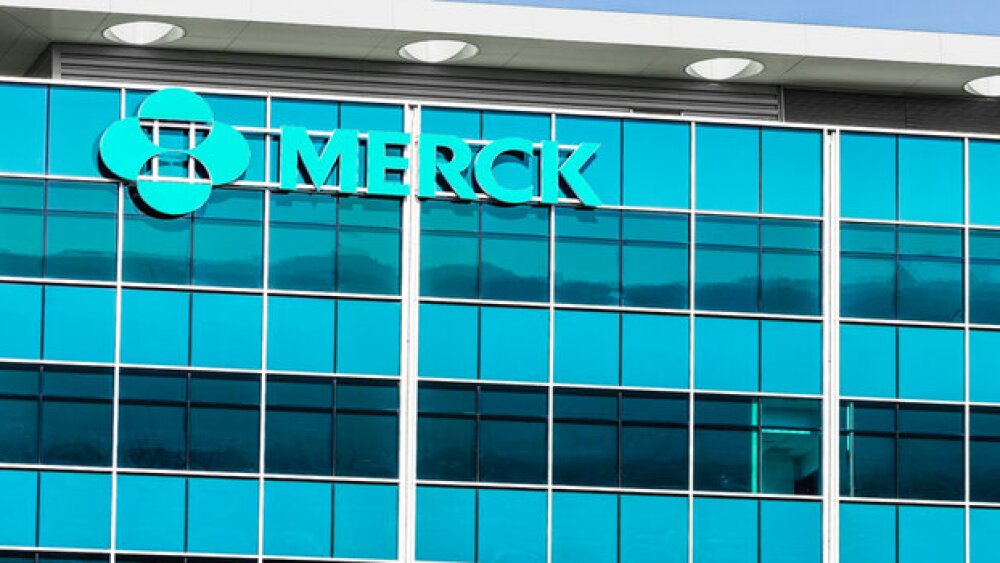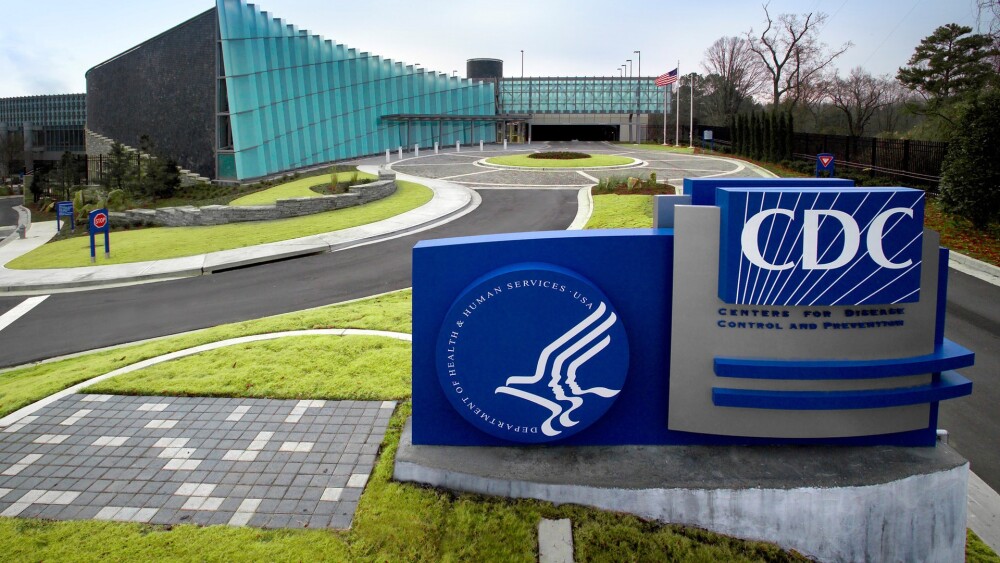Lilly’s tirzepatide achieved an absence of metabolic dysfunction-associated steatohepatitis without the worsening of fibrosis in more than 50% of patients in a mid-stage study, the company reported Saturday.
Eli Lilly on Saturday released detailed data from the Phase II SYNERGY-NASH study, demonstrating the potential of its best-selling diabetes and weight-loss treatment tirzepatide in metabolic dysfunction-associated steatohepatitis.
At 52 weeks, 51.8% of patients treated with 5-mg tirzepatide saw an absence of metabolic dysfunction-associated steatohepatitis (MASH) without the worsening of fibrosis. This proportion increased to 62.8% and 73.3% in the 10-mg and 15-mg dose groups, respectively, while only 13.2% of placebo counterparts reached the endpoint.
Lilly also reported secondary endpoints from SYNERGY-NASH, with nearly 60% of patients in the 5-mg tirzepatide arm achieving at least a one-stage improvement in fibrosis without the worsening of MASH. A similar percentage of patients in the 10-mg and 15-mg groups hit this endpoint, compared to only 32.8% in the placebo group.
The company reported these data at the 2024 Congress of the European Association for the Study of the Liver, which concluded on Saturday, and simultaneously published them in The New England Journal of Medicine.
Lilly cautioned in its announcement that SYNERGY-NASH was “not designed to prove that tirzepatide improves fibrosis.” Still, the press release stated that “the study results showed the potential for a clinically meaningful treatment effect across all doses.”
Tirzepatide also induced notable improvements in body weight, liver injury markers and biomarkers of fibrosis, inflammation and liver fat, according to Lilly.
Jeff Emmick, senior vice president of product development at Lilly, in a statement said that the pharma is “very pleased” with the magnitude of MASH resolution in SYNERGY-NASH and improvement in fibrosis. “Based on these study results, we believe tirzepatide may have the potential to help people living with this disease.”
Tirzepatide is a dual agonist of the GLP-1 and GIP receptors, which allows the protein-based therapy to promote the release of insulin from the pancreas in response to blood sugar levels. This mechanism of action also enables tirzepatide to temper patients’ appetite to induce weight loss and help address MASH symptoms.
The FDA first approved tirzepatide in May 2022 for type 2 diabetes, carrying the brand name Mounjaro. Since approval, the treatment has become one of Lilly’s best-selling assets, generating more than $1.8 billion in the first quarter of 2024 and over $5.1 billion in 2023.
Tirzepatide won another FDA green light in November 2023 as Zepbound, indicated for chronic weight management. Zepbound has since become a strong market force in obesity, bringing in more than $500 million in its first commercial quarter.
With the latest readout, Lilly positions Zepbound for a potential expansion into MASH. According to Saturday’s announcement, the pharma is currently “engaged with regulatory authorities” regarding the next steps for tirzepatide in this indication.
Tristan Manalac is an independent science writer based in Metro Manila, Philippines. Reach out to him on LinkedIn or email him at tristan@tristanmanalac.com or tristan.manalac@biospace.com.






